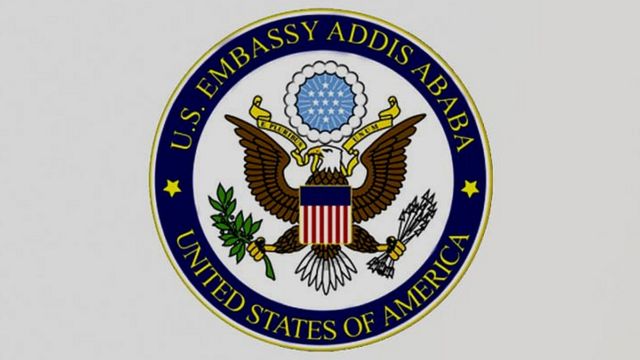The only path through tragedy is via negotiations between the government and rebels. That is the least likely scenario.
Source: Financial Times
By David Pilling
Rarely can the prospects of any nation have imploded so spectacularly as those of Ethiopia.
Not long ago, the country of 110m people, Africa’s second most populous, was considered a rare economic success, its two decades of double-digit growth and impressive development gains erasing a former reputation for bad government and famine.
The ascension to power three years ago of Abiy Ahmed, a would-be moderniser, was seen as a chance to go one better. He could liberalise the economy and spread democratic icing on a resolutely authoritarian cake. Yet since last November, tragedy has unfolded with an Afghan-like velocity.
On the one-year anniversary of war between the federal government and the Tigray People’s Liberation Front, Tigrayan forces are intimating they could march on Addis Ababa, the capital, and eject Abiy from power. The TPLF, which ran the country for 27 years until 2018, is no Taliban, however brutally it governed and whatever its detractors say. But like the Taliban, banished from government and criminalised, it could now bludgeon its way back to power.
The fighting has unleashed obscene violence. This week, a joint investigation by the UN and an Ethiopian state-appointed human rights commission found that all sides — the government’s forces, its Eritrean allies, the TPLF and sundry militias — had “committed violations of international human rights, humanitarian and refugee law, some of which may amount to war crimes and crimes against humanity”. Ethnically charged hate speech is at levels reminiscent of pre-genocide Rwanda.
The war between Addis and the TPLF has spawned another between Tigray and Amhara, neighbouring regions with ancient rivalries and modern land-and-power-related disputes.
Abiy, a Nobel Peace Prize winner, has at times sounded unhinged. “The pit which is dug will be very deep, it will be where the enemy is buried, not where Ethiopia disintegrates,” he said in a speech this week, according to a Reuters translation. “We will bury this enemy with our blood and bones.”
A slightly milder version on his Facebook account was removed for violating rules on incitement to violence.
It is hard to see a path out of tragedy. “There are two options,” Tewodros Hailemariam, a senior member of the National Movement of Amhara, told the BBC. “Either the TPLF is defeated and the Ethiopian central government is saved or . . . the TPLF rules and controls Addis Ababa and there will be civil war in the entire nation.”
How has Ethiopia reached this blood-soaked impasse?
Most of the regions into which Ethiopia is divided — including Tigray, Amhara and Oromia — regard themselves as nations with their own languages, cultures and competing versions of history.
Transfer of control involves profound shifts in the balance of power between constituent nations of the “Ethiopian empire” and is rarely less than traumatic. Haile Selassie, who oversaw a feudal system, was deposed and later executed after a student-inspired, Marxist-led uprising in 1974.
The regime that followed, the Derg, dismantled feudal land structures but imposed a “red terror” that culminated in man-made famine. After decades of perceived Amhara domination, it was a rebel army from Tigray that led the 1991 overthrow of the Derg.
The TPLF, though it represented a region with only 6 per cent of Ethiopia’s population, held power until 2018.
Abiy is from Oromia, the most populous region with more than one-third of Ethiopia’s population, but which has traditionally stayed on the margins of government.
His election followed years of protests against Tigray’s outsized influence on politics. He promoted national unity. To some, that promised modern, ethnic-neutral democracy; to others, it spelt a return to the suppression of ethnic rights.
Abiy not only failed to placate the fears of a TPLF jettisoned from power, which he blamed for terrorist acts aimed at destabilising his government. He even alienated his own Oromo base, which feared he would roll back regional autonomy in pursuit of his national vision.
That perception has spelt disaster. The Oromo Liberation Army has joined forces with the TPLF and they could conceivably march on Addis together.
Now he finds himself cornered. Anything other than total victory spells his political end. The TPLF is in a similar position. Short of recapturing national power, an organisation now branded by Abiy as a “criminal clique” faces life in the wilderness. T
he only plausible way out is to talk. Tragically, that appears to be the least likely outcome.




































